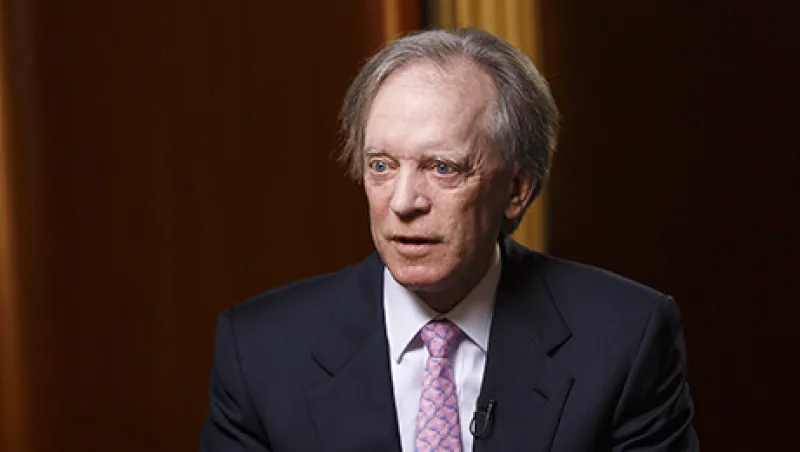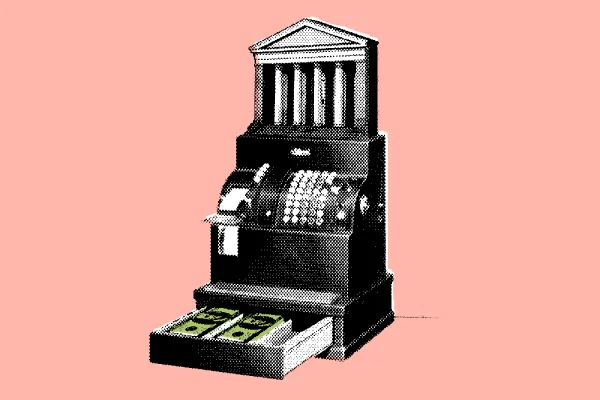In the latest of Bill Gross’s much-anticipated monthly outlooks, the Janus Capital bond guru, who pioneered actively managed bond portfolios during his 40-year career at Pacific Investment Management Co., warns investors that they should be wary of the “Trump mirage” leading stock markets to new highs, as the U.S. and international economies are fragile because of the combination of mounting debt and the possibility that interest rates could get too high, or even too low.
In the outlook, Gross invokes Will Rogers’ 1930s maxim that he was more concerned about the return of his money than the returns on his money. True to form, Gross couches his warning as a parable, one that he recently used to teach his kids about the complexities of investing. Gross writes that he recently gathered his children around the kitchen table to explain to them the concept of financial leverage — specifically, fractional reserve leverage, or how a bank takes in one dollar from an individual and then lends it out to a small business looking to expand.
“The cycle goes on of course, lending and relending the simple solitary dollar bill (with regulatory reserve requirements) until like a magician with a wand and a black hat, the fractional reserve system pulls five or six rabbits out of a single top hat,” he writes. “There still is only one dollar bill but fractional reserve banking has turned it into five or six dollars of credit and engineered a capitalistic miracle of growth and job creation.”
Gross’s point is to show how a banking system can create money “out of thin air” by keeping part of a depositor’s money and lending out the rest — a simple concept that he stresses has been the foundation of real economic growth and job creation for a century. Of course, in 2008 that system crashed when people, such as subprime borrowers, couldn’t pay back their loans, but the original depositor wanted the dollar back.
Gross then turns to the present, explaining that “in 2017, the global economy has created more credit relative to GDP than that at the beginning of 2008’s disaster.” The U.S. has $65 trillion of credit outstanding and that is about 350 percent of annual gross domestic product. In China, he writes, credit is 300 percent of GDP, a figure that has doubled in the past decade. Although Gross says capitalism depends on this credit expansion, he says interest rates need to be carefully calibrated — low enough so borrowers can pay back their loans, but high enough that savers such as retirees and pension plans can earn enough to meet their liabilities. Think of the pension crisis unfolding around the world, as plans have earned paltry amounts on their fixed income holdings.
Gross concedes that the economy and financial system are in pretty good shape right now: job growth has been okay and markets are at record highs. But, he cautions that in its current, highly levered state, the financial system is “like a truckload of nitro glycerin on a bumpy road” and that one mistake could set off another credit implosion circa 2008.
Back then, the Federal Reserve and other central banks saved the system lowering yields and buying trillions of securities using quantitative easing. With yields near zero and quantitative easing having run its course, central banks no longer have that flexibility. That’s why Gross warns investors not to be wooed by the recent stock market boom that’s been buoyed in part by President Trump’s promises of “3-4 percent growth and the magical benefits of tax cuts and deregulation.”
The global economy is in a precarious state due to increasing leverage and the potential to get interest rate policy wrong, he cautions, closing with a reminder of what Will Rogers would do: “Be more concerned about the return of your money than the return on your money in 2017 and beyond.”







